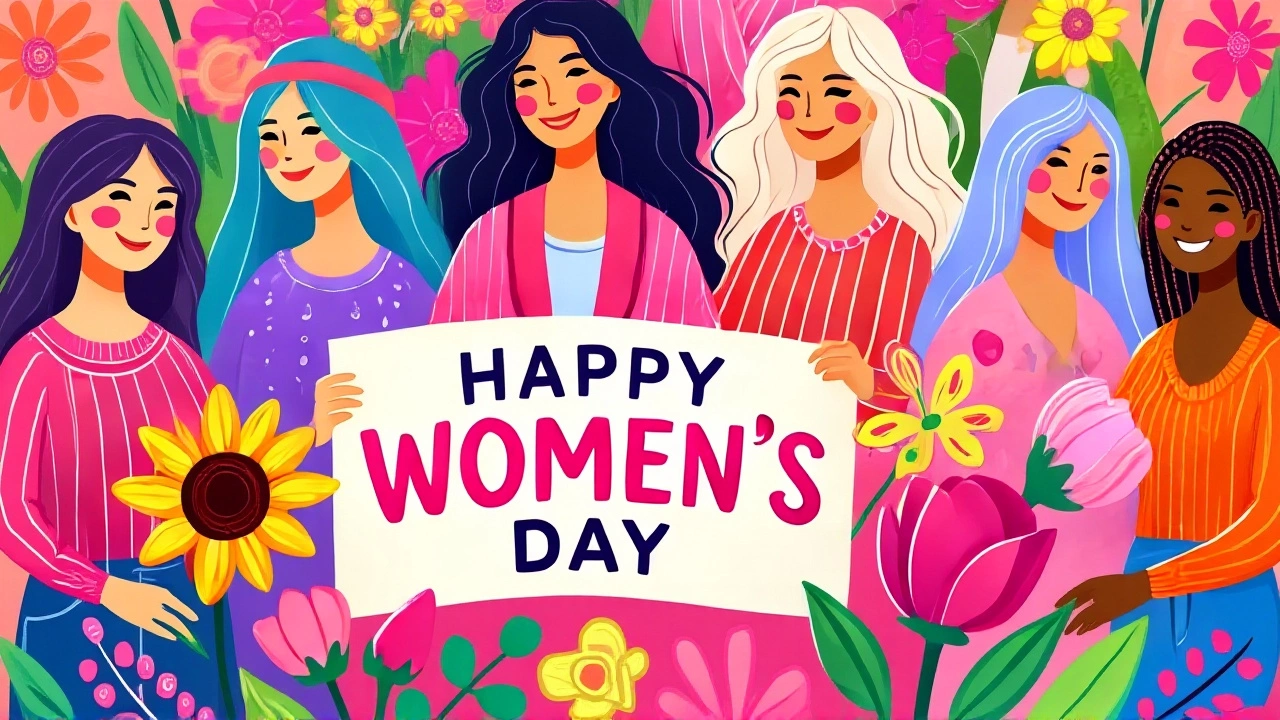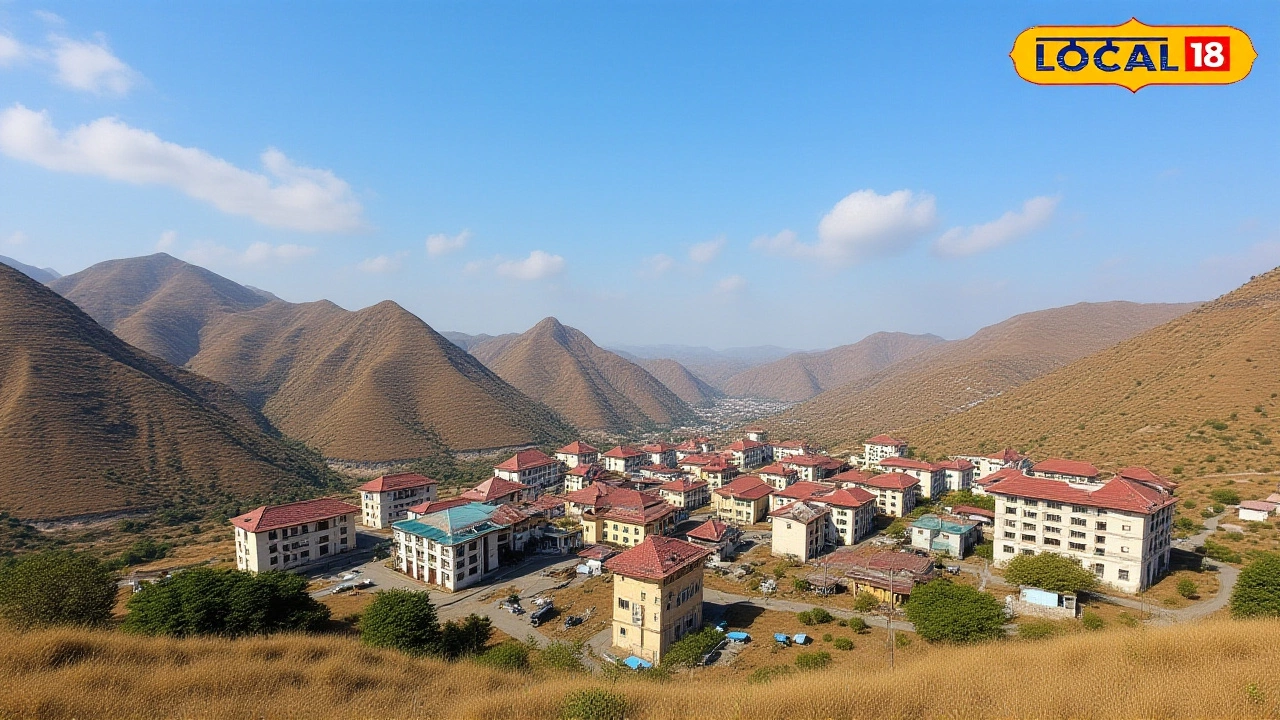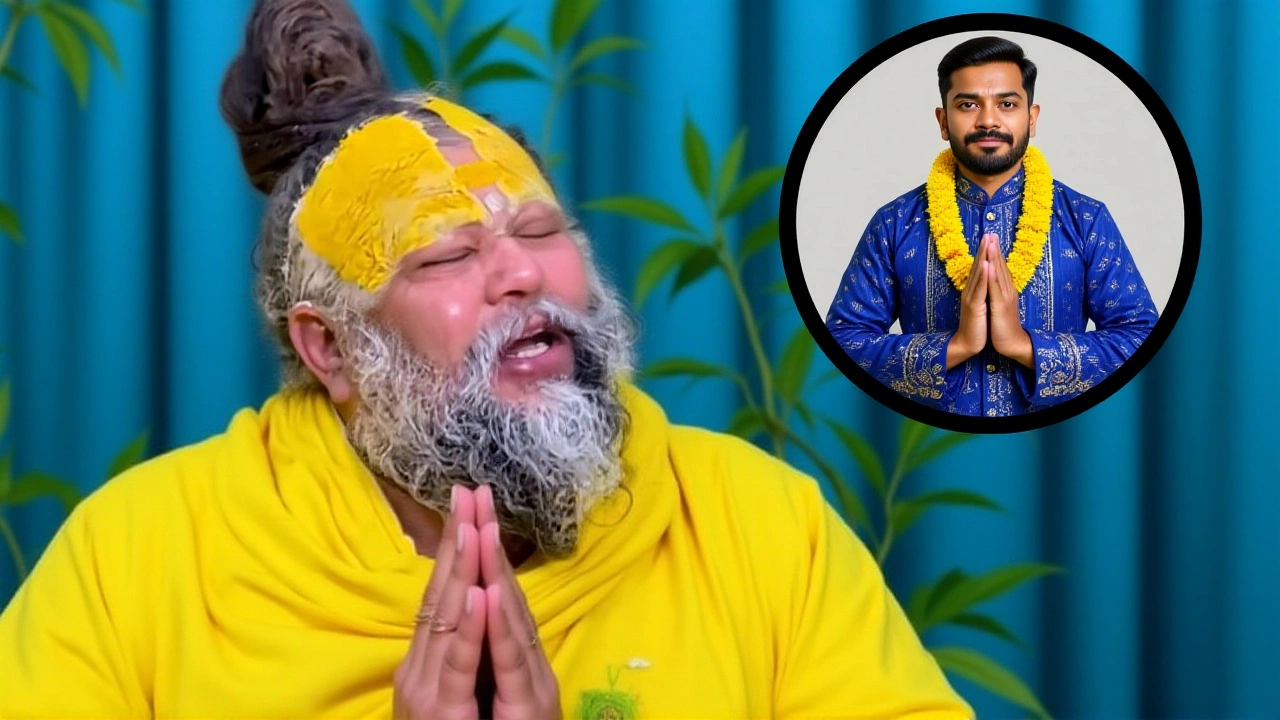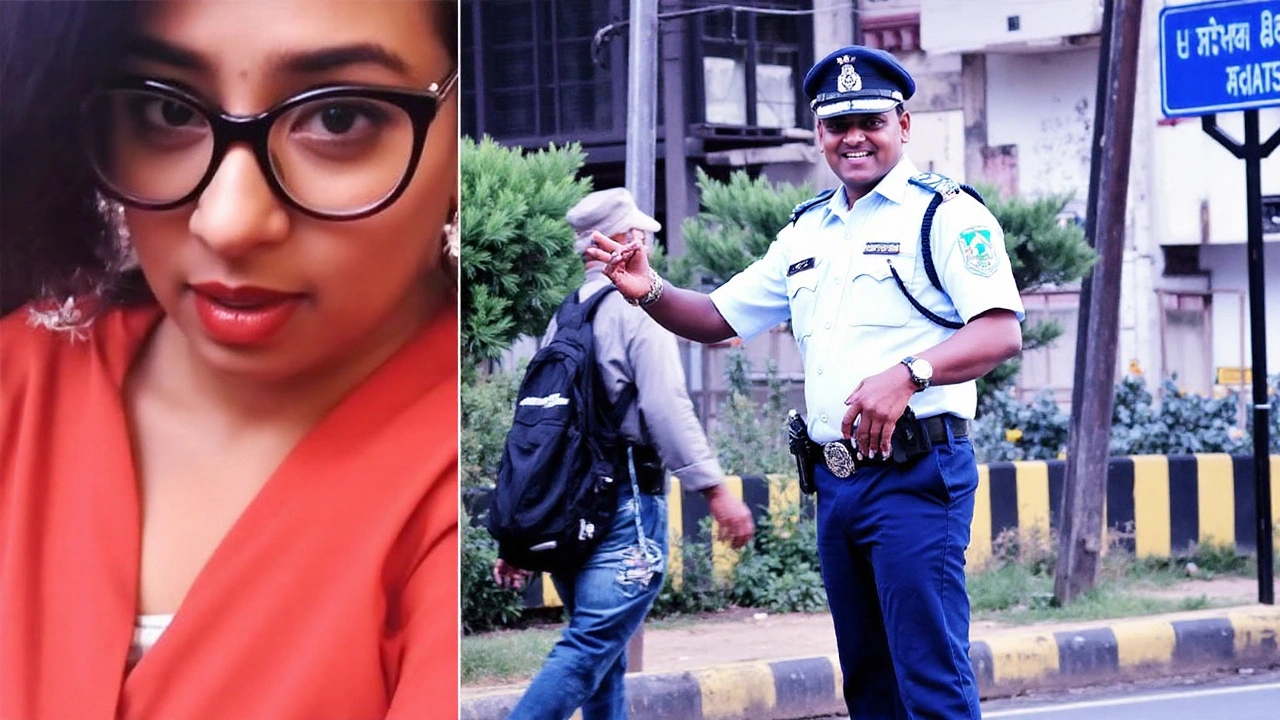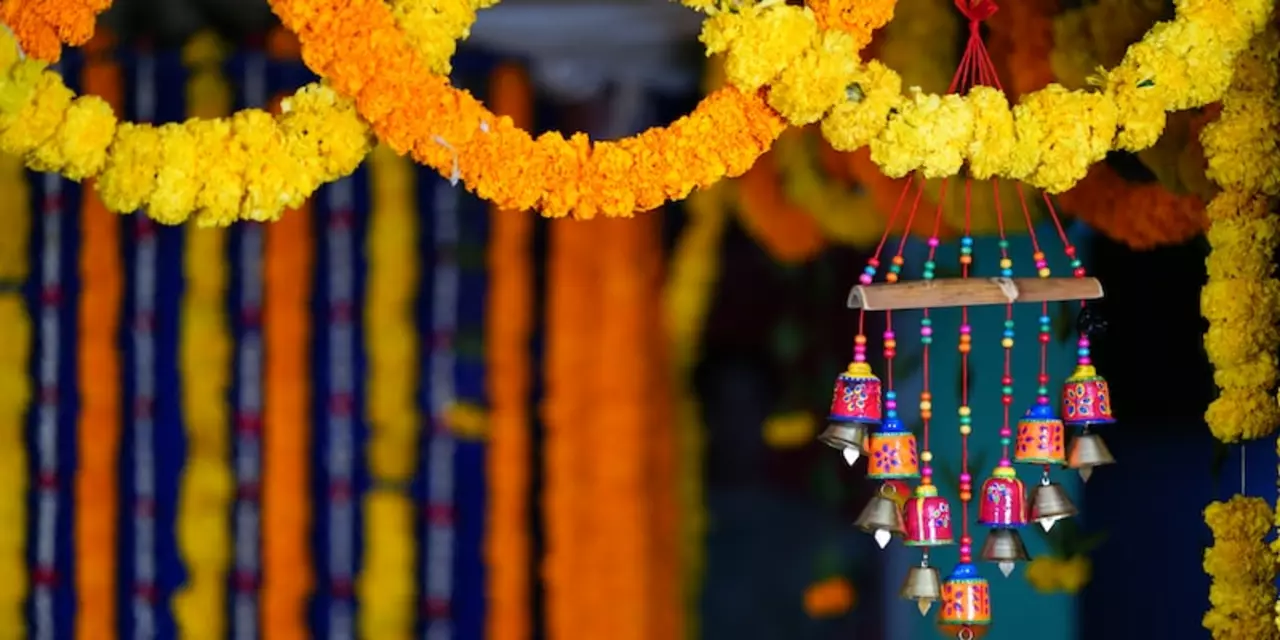Social Commentary: Exploring India’s Challenges and Voices
When you scroll through Buzzing Guru’s Social Commentary section, you’re stepping into a space where real people talk about real issues. From the headlines that scream “corruption” to the quieter concerns about school quality, every piece reflects a slice of everyday life in India.
Take the post titled “Why is India so bad?”. It’s not just a provocative question; it’s a mirror that shows poverty, inequality, weak governance, and a crumbling education system. The author points out that corruption still haunts public offices, making citizens doubt their leaders. That doubt? It’s a big part of why many feel change is hard to achieve.
What’s Driving the Debate?
First off, poverty isn’t just a statistic—it’s a daily reality for millions. Families often choose between putting food on the table and paying school fees. That trade‑off fuels inequality, which in turn widens the gap between urban hubs and rural villages.
Corruption ties the knot tighter. When officials skim off public funds, projects stall, roads stay unfinished, and hospitals lack basic supplies. People see the same faces in the news and in their neighborhoods, so the frustration builds quickly.
Education gets a double hit. Schools that should prepare kids for a global economy are stuck with outdated curricula and overcrowded classrooms. Without modern skills, young Indians struggle to find decent jobs, pushing them back into low‑pay work or, worse, into the informal sector where rights are thin.
How We Can Look Ahead
Talking about problems is only half the story. The other half is about solutions that actually work on the ground. Community‑run monitoring groups, for example, have started flagging corrupt contracts in some districts. When locals get a say, officials think twice before misusing funds.
On the education front, a few NGOs are piloting tech‑based learning tools that bring interactive lessons to remote classrooms. Kids can now practice math on tablets instead of relying on chalkboards that are often hard to read.
And when it comes to poverty, micro‑finance schemes that give small loans to women entrepreneurs are making a noticeable dent. A woman in Madhya Pradesh turned a modest capital into a thriving tailoring shop, employing three other women from her village.
All these stories show that while India's challenges are big, the country also has a lot of grassroots energy. Every comment, every shared article on this page adds another voice to the conversation.
If you’re wondering how you can join the dialogue, start by leaving a thoughtful comment on a post that matters to you. Ask a question, share a personal experience, or suggest a local initiative you’ve seen work. The more people engage, the clearer the path to change becomes.
In the end, Social Commentary isn’t just about pointing out what’s wrong—it’s about giving space to ideas that can turn things around. Keep reading, keep talking, and keep pushing for a better India.
